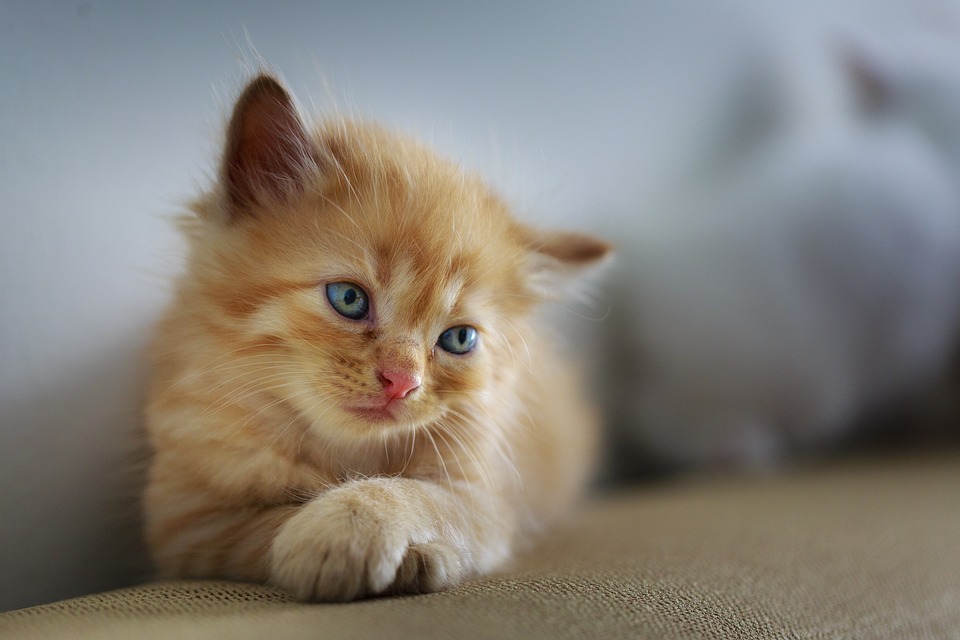Catnip, also known as Nepeta cataria, is a perennial herb that belongs to the mint family. This herbaceous plant produces a chemical compound called nepetalactone, which acts as a powerful stimulant for cats. When cats come into contact with catnip, they often exhibit behaviors that range from playful to downright euphoric. But what exactly causes cats to go crazy for this seemingly innocent toy? Let’s delve into the science behind catnip and explore its intriguing effects on our feline friends.
The active compound found in catnip, nepetalactone, triggers a response in a cat’s olfactory system. When cats inhale or consume catnip, this compound binds to receptors in their nasal tissue, initiating a series of chemical reactions in the brain. Once nepetalactone reaches the cat’s brain, it interacts with certain neural pathways, particularly those related to pleasure and reward. This interaction leads to the release of endorphins, natural chemicals responsible for feelings of happiness and euphoria.
The release of endorphins induced by catnip often prompts cats to exhibit playful behaviors. Rolling, flipping, rubbing against objects, and zooming around the room are common reactions. It’s important to note that not all cats are equally affected by catnip, as its effects are largely influenced by genetics. Some cats may show little to no response to catnip, while others may become extremely playful and energetic.
Catnip is generally considered safe for cats, but it’s important to provide it in moderation to prevent overstimulation, which could lead to excessive playfulness or potential aggression. Additionally, some cats may experience digestive upset if they consume large amounts of catnip. It’s also worth noting that kittens under the age of six months and senior cats tend to be less affected by catnip.
The effects of catnip typically last for around 10-15 minutes. After this period, cats become temporarily immune to its effects and may not respond to catnip for a few hours or even a day. Cats cannot become physically addicted to catnip, but they may develop a strong preference for it and seek it out repeatedly. To prevent habituation, it’s beneficial to offer catnip as an occasional treat rather than a daily indulgence.
Catnip can also be a valuable tool for training cats. By associating the desired behavior with the presence of catnip, you can reinforce positive actions and encourage your cat to engage in specific activities. However, it’s important to note that not all cats may respond to this training method, as the sensitivity to nepetalactone is an inherited trait.
Understanding the science behind catnip provides us with insights into the fascinating world of feline behavior. While not all cats may be affected by catnip, those who do experience its effects can enjoy hours of playful entertainment. Remember to use catnip responsibly and in accordance with your cat’s preferences and sensitivities.








